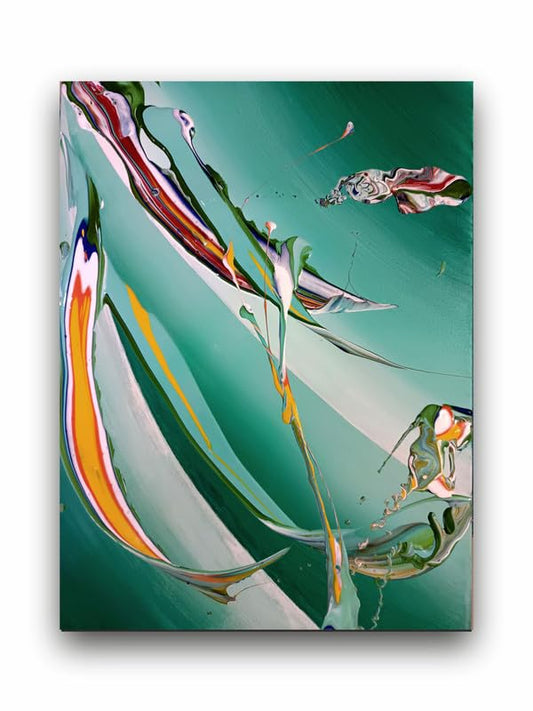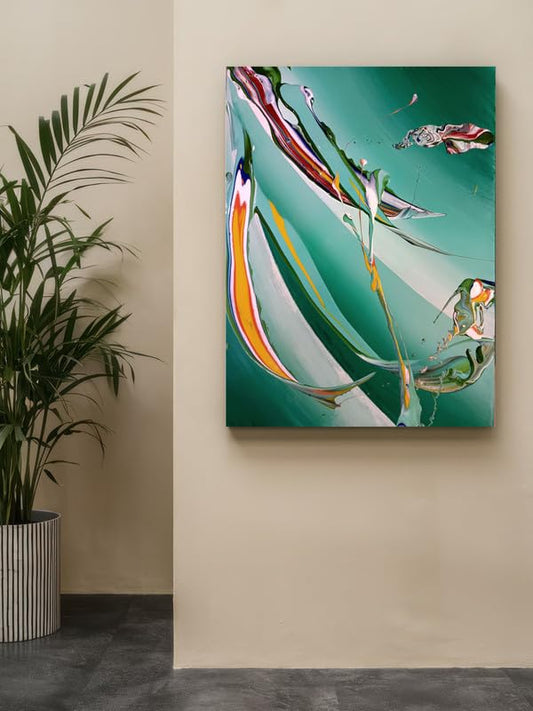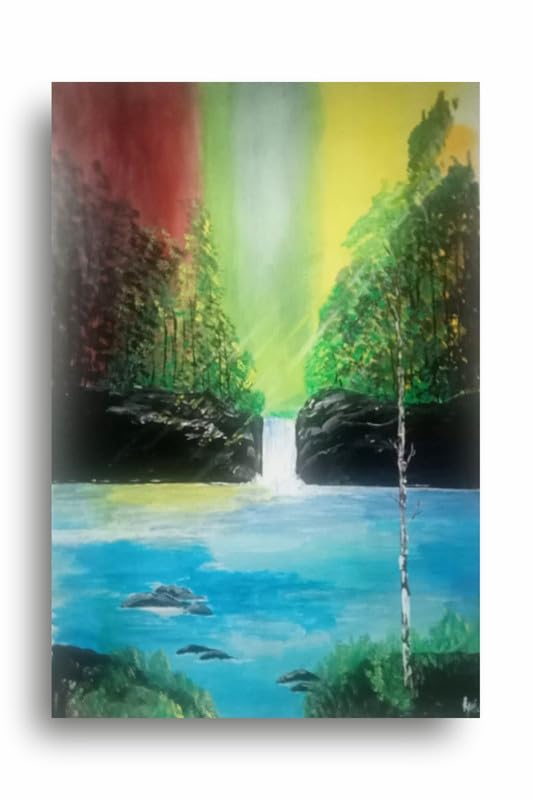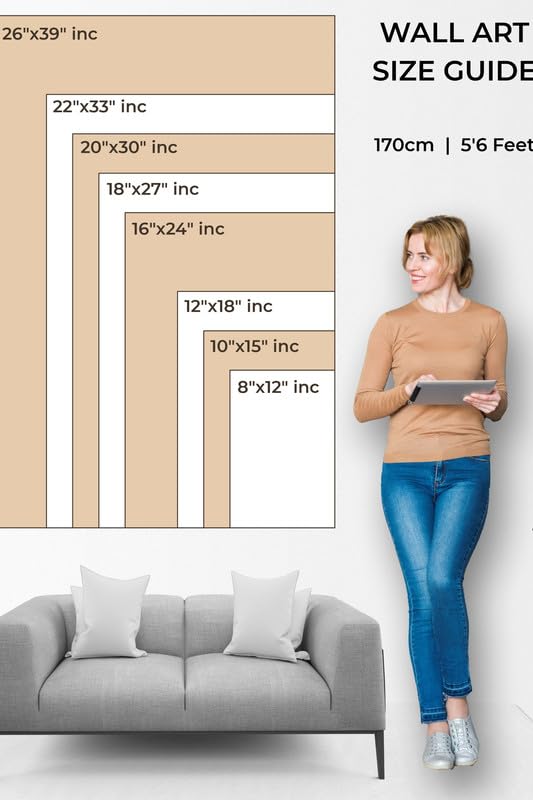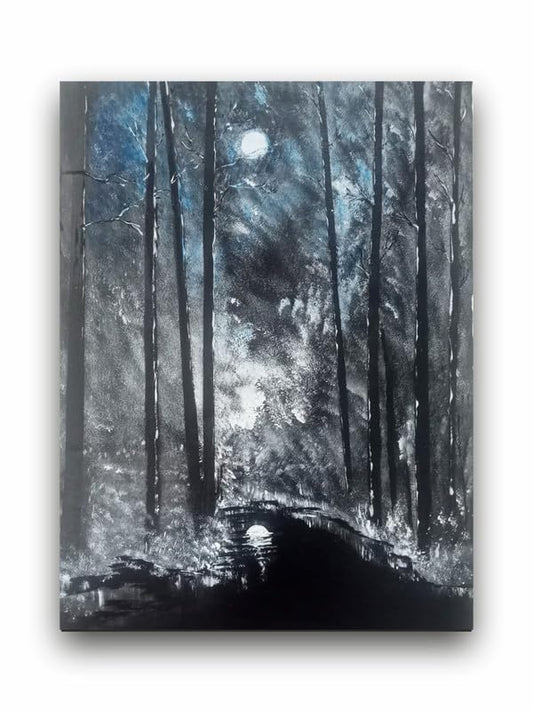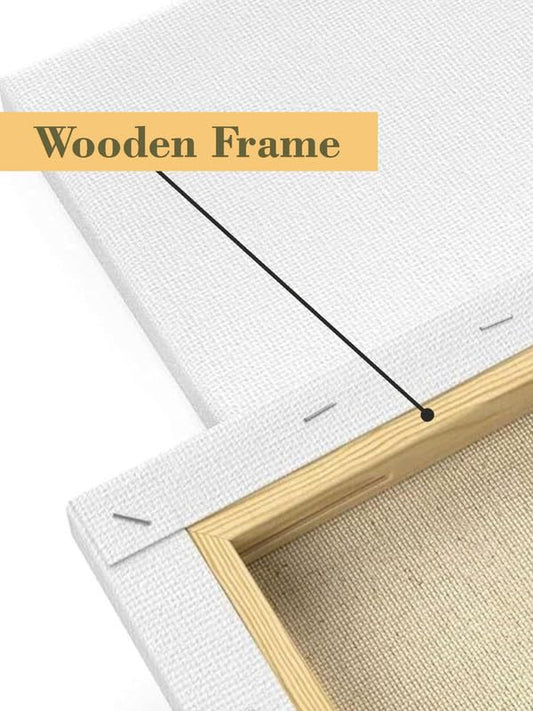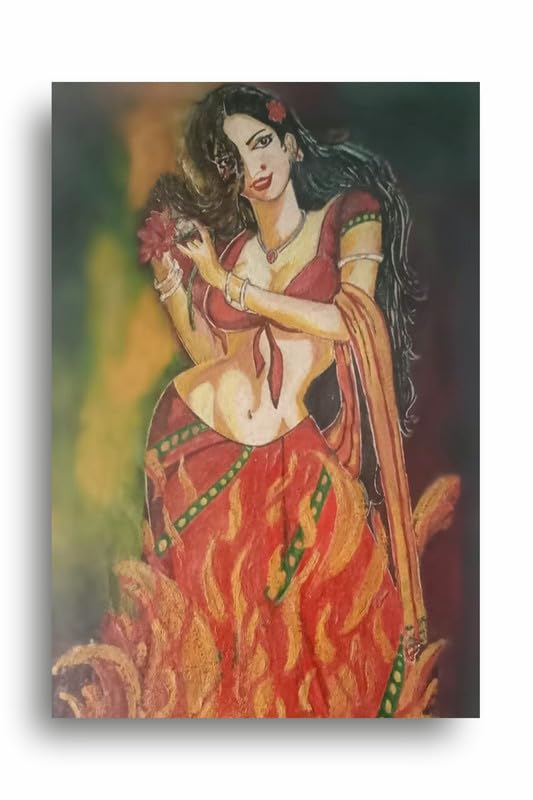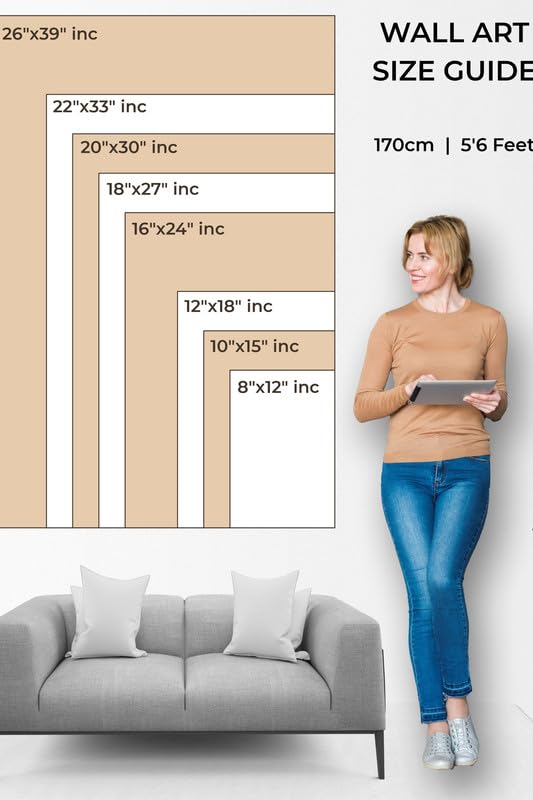
Analysis of Text in Abstract Art
Analysis of Text in Abstract Art
Abstract art is a playpen for experimenting artists who break free from conventional representations of the world. One of the most fascinating developments in this genre is probably the use of text in abstract art. Since text has represented visual culture for thousands of years, its application into abstract art occurs at a unique intersection of word, affect, and visual expression.
Evolution of Text in Art
What is relevant, however, is that in art, the usage of text is not a thing of the modern times. Some foundations were laid by the artists of the 20th century in the form of Marcel Duchamp and Joan Miró. Duchamp's "LHOOQ" (1919), an amusical transformation of the Mona Lisa, sported a shocking text inscription that challenged the viewer's expectations. Contemporary artists associated with movements such as Dadaism and Surrealism also performed the use of text through which they broke free from conventional visual representations. These were often confrontational, so they invited the viewer to question the relationship of the words and images that coexisted in each piece.
Text as Visual Element
In abstract art, text is not a medium of communication but rather a visual element that complements or enhances abstraction. It gives the composition layers of meaning by using the written word as a texture, or it can be stylized to become absorbed by forms and colours. Other artists use fragmented words or floating letters on the canvas that create ambiguity and cause the viewer to look at the piece on a greater level.
For example, modern artist Glenn Ligon often incorporates text into his abstract pieces to focus attention on the power of language and identity. His work is at times written about by raced, culture, and history with text often subtlely and powerfully commenting.
Text and Emotion
Abstract art with text is different in the sense that it creates certain sentiments not necessarily associated with a particular story. The words, no matter how abstracted or twisted, are sometimes not readable. In this respect, text becomes an expressive medium for representing ideas or concepts that cannot be represented without mediation. It transforms the artwork into a space where both verbal and non-verbal elements are to be negotiated, inviting the viewer to interpret not just the words but the emotion behind them.
Conclusion
The integration of text in abstract art affords an abundant dialogue between language and visual expression; it allows artists to push boundaries, test how words and images make their space together, and bring about art that functions on several levels. Regardless of whether the text is readable or ambiguous, it opens the frame to the looker, who enters that private space of interpretation where the power of the word meets the visual language of abstraction. Thus, the text becomes more than an element in abstract art-it is a connection between thought and feeling, between image and word.
Analysis of Text in Abstract Art

